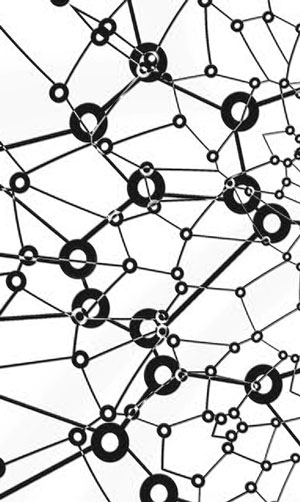By: John Shepler
Large companies with multiple locations and many employees may find that standard internet and private lines are insufficient for their needs. At a certain point, having complete control over your network becomes desirable, allowing you to establish performance benchmarks and implement upgrades as needed.
This sounds great, but how can you maintain the same level of control over a network that extends beyond your physical premises? Should you become your own network provider and install fiber optic cable to all your locations? This is likely impractical due to high costs and the time required. A more practical approach is leasing dark fiber.
 What is Dark Fiber?
What is Dark Fiber?
Fiber optic cables and the fast, reliable connectivity they offer are well-known. Most established and emerging telecommunications companies provide a wide array of bandwidth options. Even traditional cable companies offer connections to their central networks as an alternative to coaxial cable. What is less known is that most of these companies have unused fiber strands within their cable bundles, reserved for future needs, expansion, or leasing. These fibers are “dark” because they are not actively connected to any network equipment.
Consider this: leasing a dark fiber strand near your business locations is similar to installing it yourself. You pay a provider who has already installed the infrastructure, saving you significant time and money. Because they install multiple fiber strands simultaneously within the same conduit, it’s more cost-effective for them than it would be for you, and the other strands won’t impact your usage.
With dark fiber, you gain access to an unused fiber strand. Although you’ll need the technical expertise to install and configure the necessary equipment at your end, this is far simpler than managing the installation of fiber conduits and negotiating right-of-way permissions.
There Are Two Types of Dark Fiber
There are two main types of dark fiber, both closely related. Metro dark fiber is installed within cities and their surrounding suburbs, either on poles or underground. Due to high demand for connectivity in metropolitan areas, it typically comes in large bundles.
Long haul dark fiber is the second type. This fiber connects cities to specific points of presence, allowing you to connect regional offices and facilities across the country. Long haul fiber often utilizes smaller, single-mode fiber, which can impact transmission speed. This represents a compromise between capacity and distance.
Metro dark fiber may be sufficient if all your connectivity requirements are within a single city. If you need to connect multiple cities, a combination of metro and long haul dark fiber will likely be necessary.
Dark Fiber Alternative
While offering significant benefits like control, scalability, and security, dark fiber requires a budget and level of expertise that not all companies can meet. An alternative is dark wavelength. This involves transmitting multiple wavelengths of light down a single fiber strand, creating multiple independent channels (lambdas). Essentially, one physical fiber strand becomes several non-interfering sub-fibers. Leasing a wavelength, rather than an entire fiber, is a more affordable option. You still control the protocols used on your dedicated wavelength. A dark wavelength can provide both cost savings and the desired connectivity in situations where leasing a full fiber strand is not feasible.
If your needs exceed the capabilities of standard internet service providers (ISPs) or dedicated fiber optic bandwidth offerings, explore the potential of leasing dark fiber or dark wavelength.

